Characteristics of brewing flavor of washed coffee beans in the micro-producing area of Yega Xuefei coffee
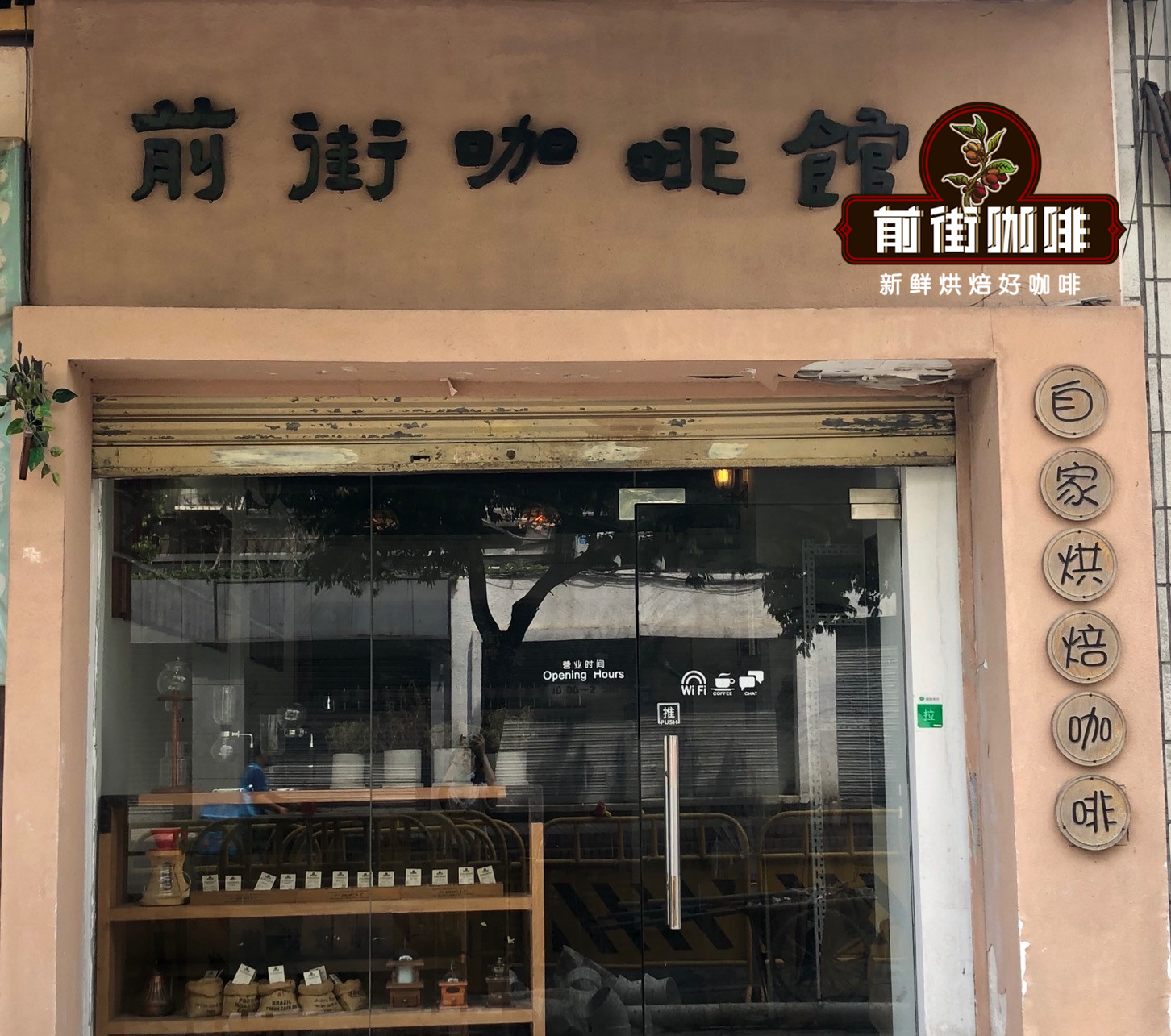
Professional coffee knowledge exchange more coffee bean information please follow the coffee workshop (Wechat official account cafe_style)
Loyal fans of Yega Sheffield Coffee are sure to have heard of Cochel, the famous micro-producing area of Ethiopia. Kochere is located in the most elite area in the broad sense of Yejashefi. In the drawing score of ECX, Cochel belongs to an independent producing area, and its status can be imagined. Through the cup test in the front street, it is found that Yega Fichel is different from the general batches of raw coffee beans. The coffee beans produced in this area have strong flavor, rich aroma and taste, active citrus acid, sweet silk taste and fruit flavor.
Cochell producing area
Kochere
Yejasuefei itself is a small town of about 20, 000 people, and the three neighboring small producing areas, Wenago, Kochere and Gelena Abaya, are also classified as Yejashafi because they produce coffee with almost the same flavor.
Cochel is located in a small producing area 25 kilometers southeast of Yega Sheffei, Ethiopia, with an elevation of 1650 meters to 1800 meters. It is a rich area for coffee production, and it is also one of the three famous micro-producing areas of Yega Xuefei, with about 100,000 local residents. Coffee beans are the main source of income, and the processing equipment in this area is very advanced. Coffee Review, a well-known coffee evaluation website, gave Kocher a high rating of 94 points for washed beans.
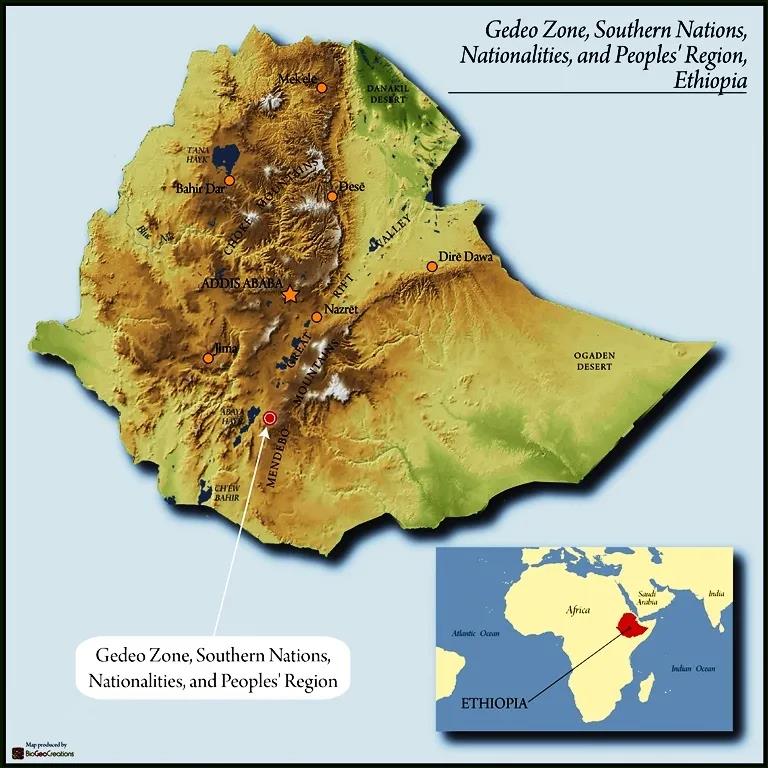
Kochere is the 77 Woreda (Ethiopian administrative region) of SNNPR in Ethiopia. In the field of coffee, Cochelle is part of Gediyo in Yirgacheffe and is one of the most important producing areas of Yirgacheffe. Cochell can also be divided into several micro-producing areas, and the coffee produced in the region is sometimes named after the source town (such as Xuelitu Chelelektu or Danbo Teklu Dembel), the processing plant (such as Danbo processing plant Teklu Dembel and this batch of Alim processing plant) or micro-area (such as Banko Gutiti), which is named in a more specific way, in line with the current trend of coffee traceability, of course, the more traceable batches The more specific the source, the higher the annual flavor stability and recurrence rate, and of course the higher the price.
Coffee production model in Cochell area
Cochell's production mode is mainly based on local small farmers sending output batches to cooperatives for unified processing. The local Chalalacktu village has about 100000 people who depend on coffee for a living, and related production activities have become their main source of income. Due to the benefits brought by coffee production, the local standard of living is much better than that of many Ethiopian villages, with sound health facilities, colleges and universities, and so on. The advanced processing equipment makes the coffee in Cochell area always have a high level of performance in the field of washing treatment, with the clean and sweet complex flavors of molasses and citrus.
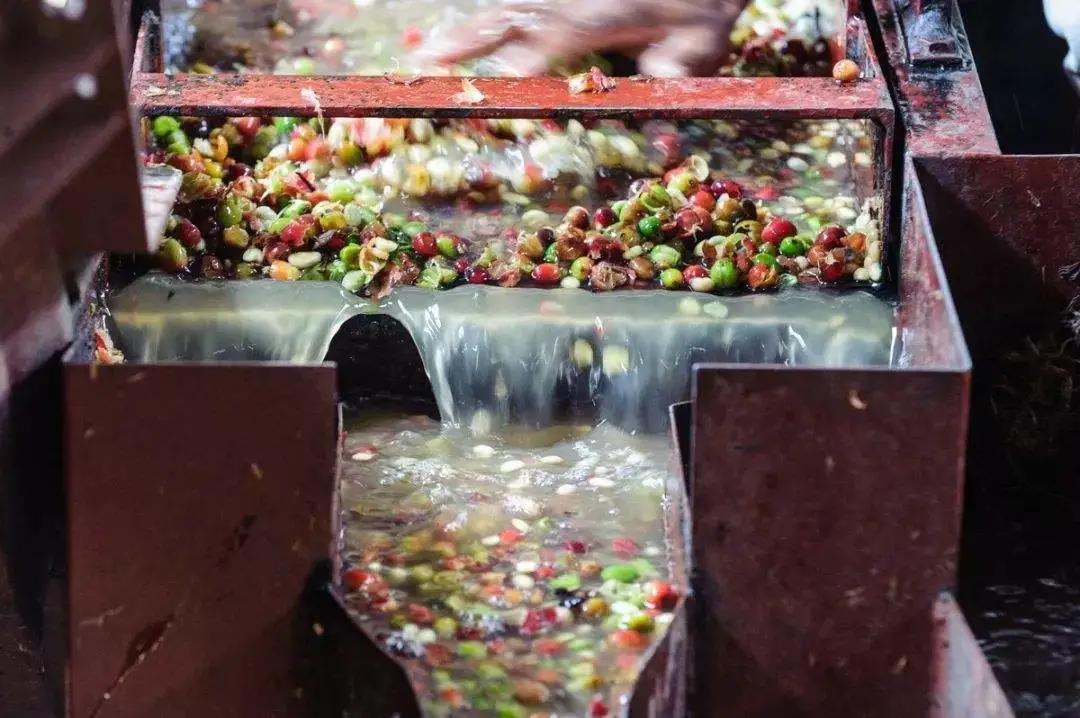
Yega Ficcher of Qianjie Coffee is different from the general batch of coffee raw beans belong to the highest batch G1 grade, the producing area has strong flavor characteristics, with clean and fresh lemon aroma and delicate and elegant jasmine, cantaloupe, citrus, raw cantaloupe, spice tea and other rich aroma and taste.
Washing treatment method
Washed
First, put the screened coffee berries into the machine to remove the skin, pulp and mucous membrane, put the coffee beans with residual pectin into the water and let them ferment for about 18-36 hours. After fermentation, the raw coffee beans with parchment are washed in a flow tank to remove the pulp and pectin.
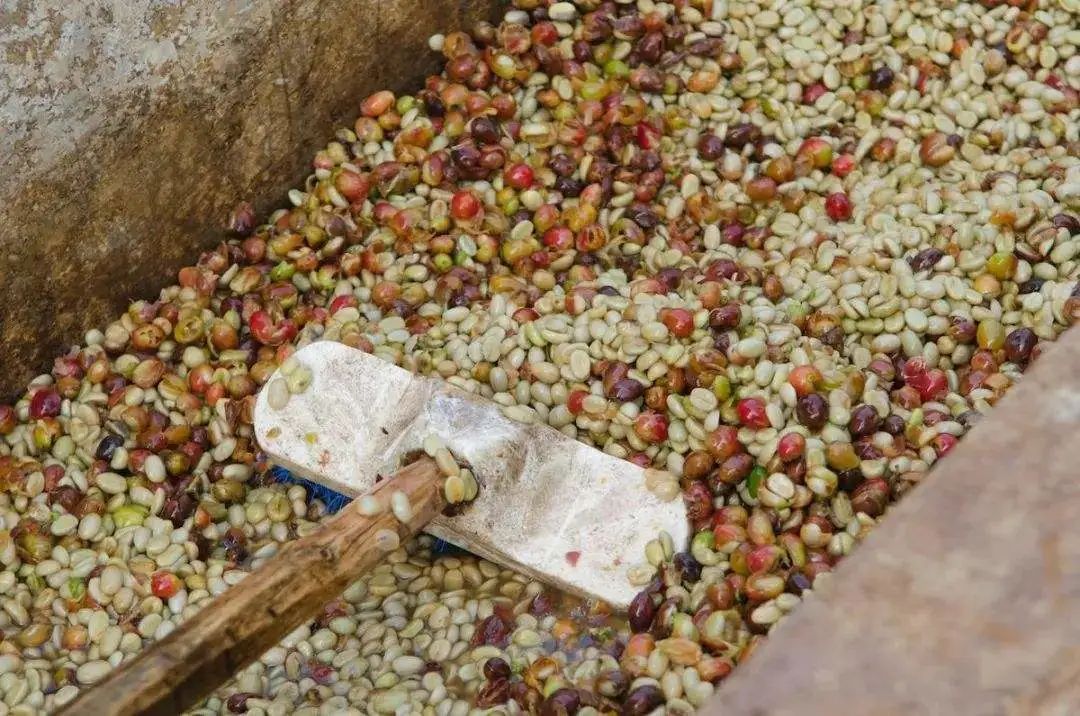
After washing, dry the coffee beans or dry the coffee beans with the help of a dryer to reduce the moisture content to about 12%, and finally remove the parchment of raw coffee beans.
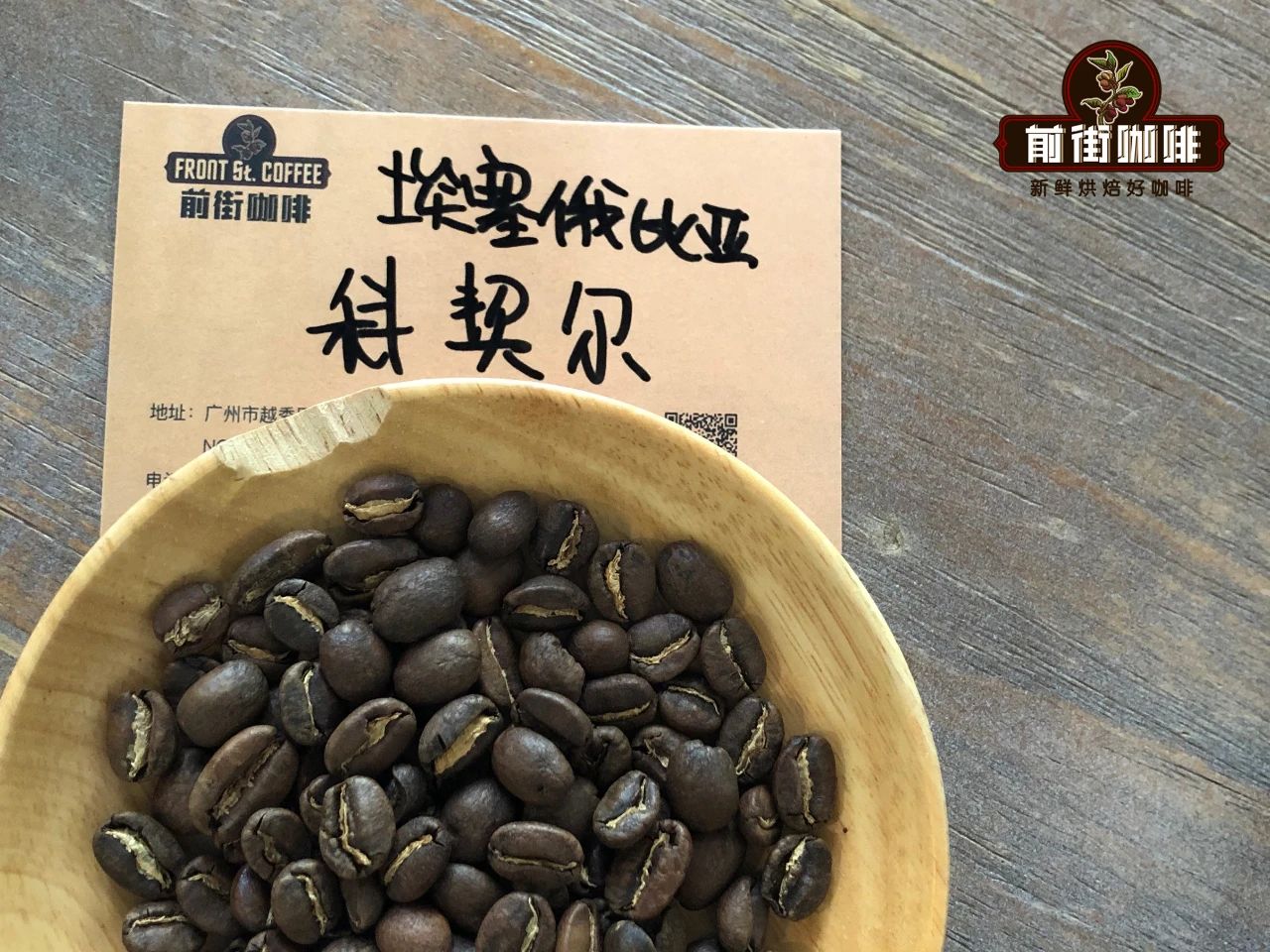
Region: Yega Sheffield Kochel
Variety: native species
Planting height: 1650 m ~ 1800 m
Treatment method: washing treatment method
Grade: G1
Qianjie Coffee Baking record
In order to highlight the clean taste and bright acidity of the washed Kochel beans, the Qianjie baker decided to bake the beans medium and shallow. Baking machine Yang 800N, bean quantity: 550g: furnace temperature to 200 degrees Celsius, throttle opening 3, firepower 160C, throttle unchanged, temperature recovery point 1mm 39 min 32 ", furnace temperature adjusted to 3.5at 151 ℃, firepower adjusted to 180g, throttle unchanged; at this time, the bean table turns yellow, the smell of grass disappears completely, and enters the dehydration stage.
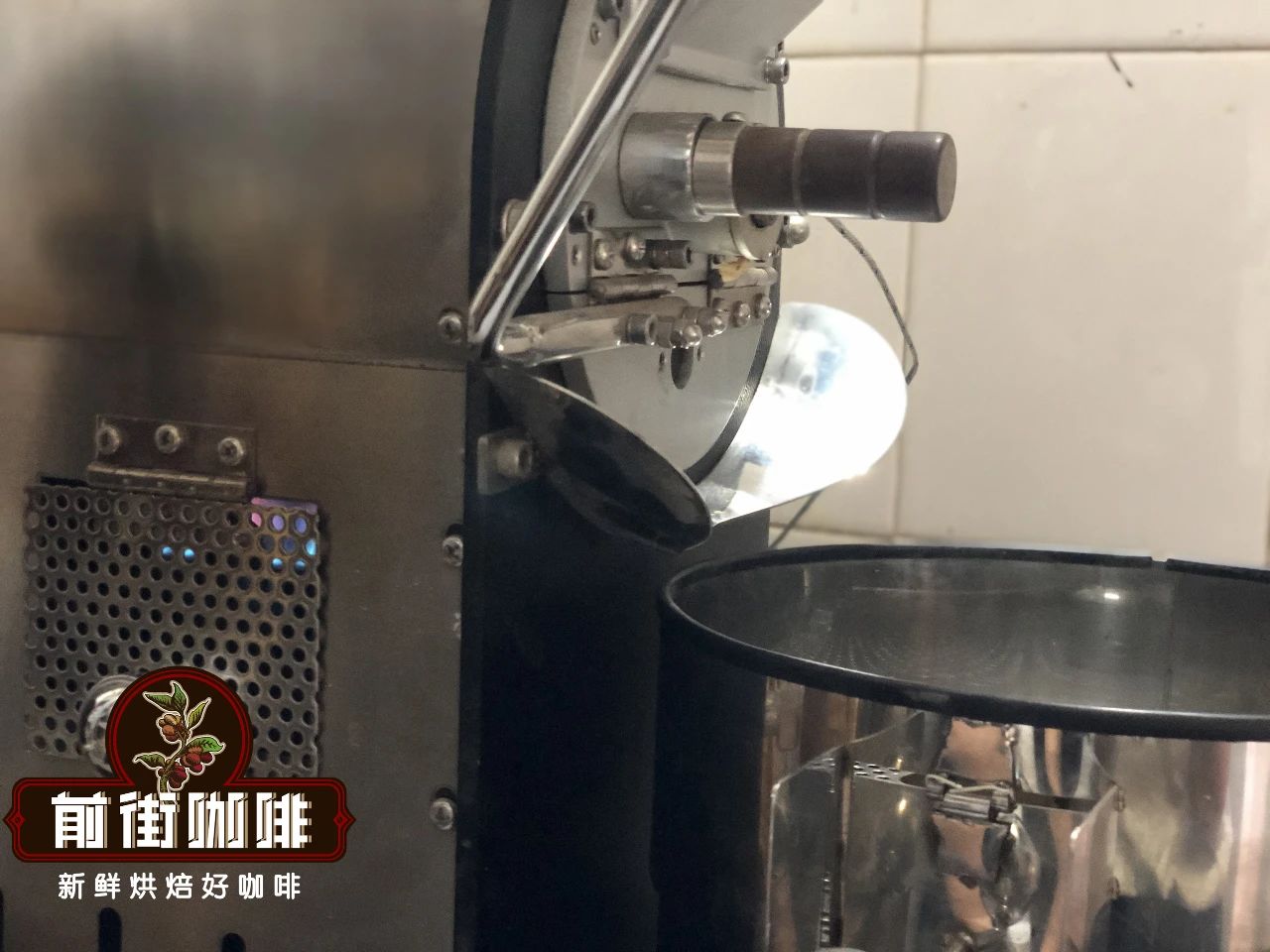
The smell of toasted bread has obviously changed to the smell of coffee, which can be defined as a prelude to an explosion. At this time, it is necessary to listen carefully to the sound of the explosion point. The sound of the explosion point starts to explode, the firepower remains unchanged at 180, the throttle is adjusted to 4, and the smell of the toast is obviously changed to coffee, which is put into the pot at 195 degrees.
Coffee cup test report on Qianjie
Qianjie Coffee will be tested within 8-24 hours after the sample beans are roasted. Baristas in front of the street generally use ceramic bowls with a capacity of 200ml, which will be marked with 150ml and 200ml marks. According to SCAA standards, the TDS of water is about 150ppm, TDs is too low will easily cause excessive extraction, too high will affect the taste and easy to lack of extraction, the water temperature used in the cup test is 94 °. The pass rate of 20 # standard screen (0.85 mm) controlled by grinding degree is 70% Mel 75%. Ratio: 11 grams of coffee powder and 200 milliliters of hot water, that is, 1VR 18.18, so that the concentration of the extract is exactly within the range of 1.15% Murray 1.35% gold cup, and the soaking time is 4 minutes.
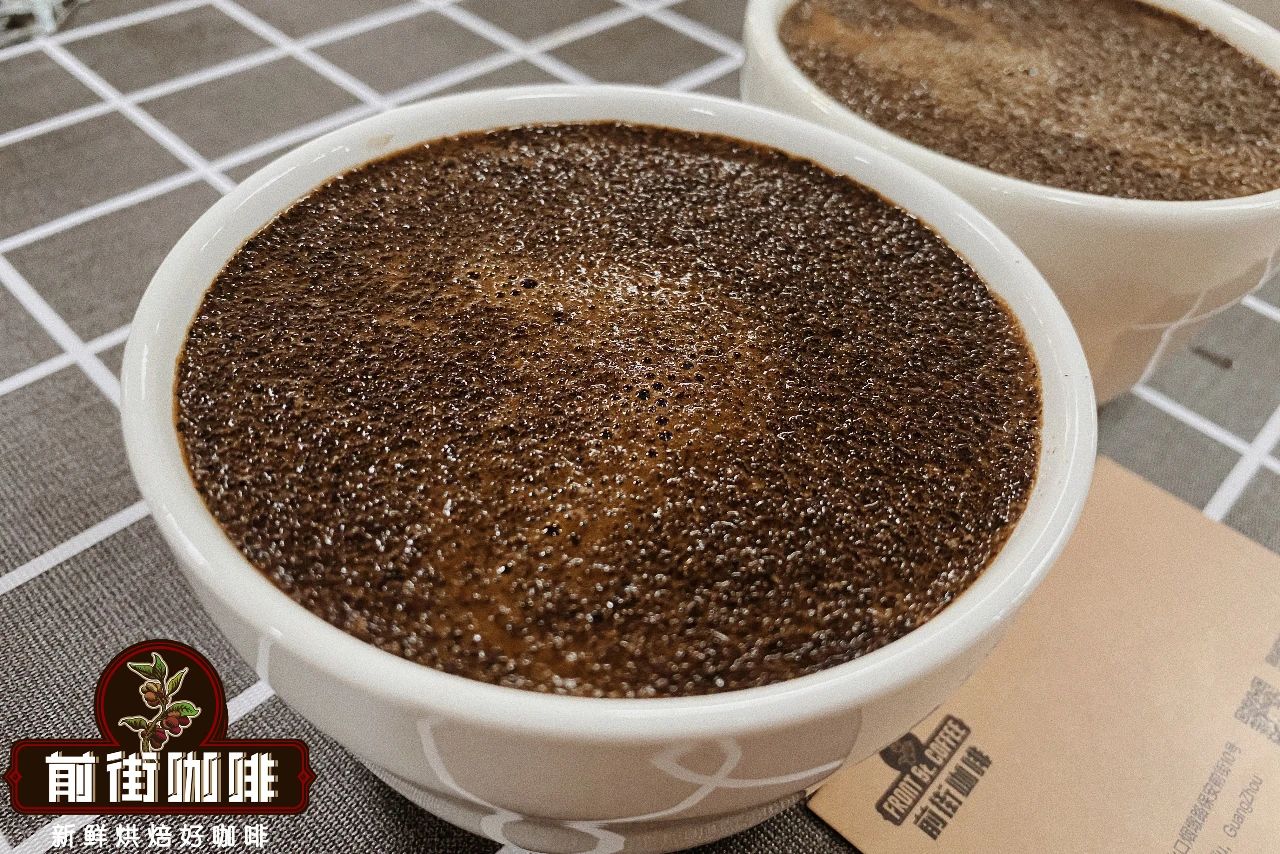
Dried incense: orange blossom
Wet fragrance: feeling
Flavor: lemon, black tea, sweet and sour fruit
Experience of brewing coffee in Qianjie
Filter cup: V60 # 01
Water temperature: 90-91 degrees
Powder content: 15g
Ratio of powder to water: 1:15
Degree of grinding: BG6m/ fine sugar size (20 sieve bowl sieve powder to 80%)
With regard to the degree of grinding, Qianjie is determined by screening this method, according to the grinding advice provided by the American Fine Coffee Association SCA for hand-brewed coffee, Qianjie is combined with the actual operation verification. If you don't have a sieve at home, Qianjie Coffee suggests observing the speed of the water to judge that if the flow is too fast, it is coarse, and if the flow is too slow, it is fine.
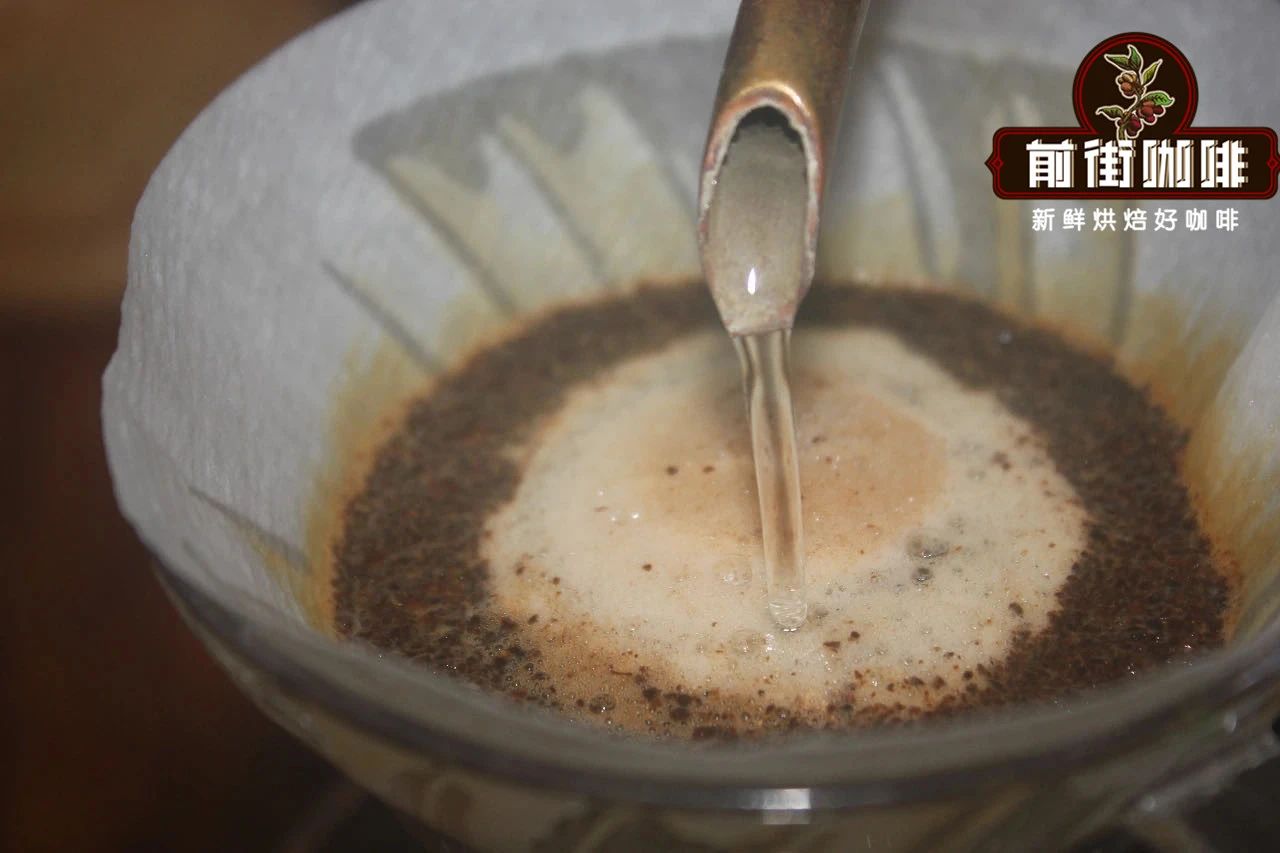
The front street cooking technique: first wet the filter paper and preheat the filter cup and the coffee pot. In the first stage, 30 grams of water is injected for 30 seconds, followed by 95 grams (about 125 grams indicated by the electronic scale). The injection is completed in about 1 minute, and the remaining 100 grams are injected at 3 places in the powder layer (about 225 grams shown by the electronic scale) in about 1 minute and 35 seconds. 2: 05 "drip filtration is completed, remove the filter cup and complete the extraction.
Cooking flavor: lemon, flower fragrance, orange, sugar, clean and refreshing as a whole, Huigan has honey flavor and oolong tea aftertaste.
For more boutique coffee beans, please add private Qianjie coffee on Wechat. WeChat account: kaixinguoguo0925
Important Notice :
前街咖啡 FrontStreet Coffee has moved to new addredd:
FrontStreet Coffee Address: 315,Donghua East Road,GuangZhou
Tel:020 38364473
- Prev
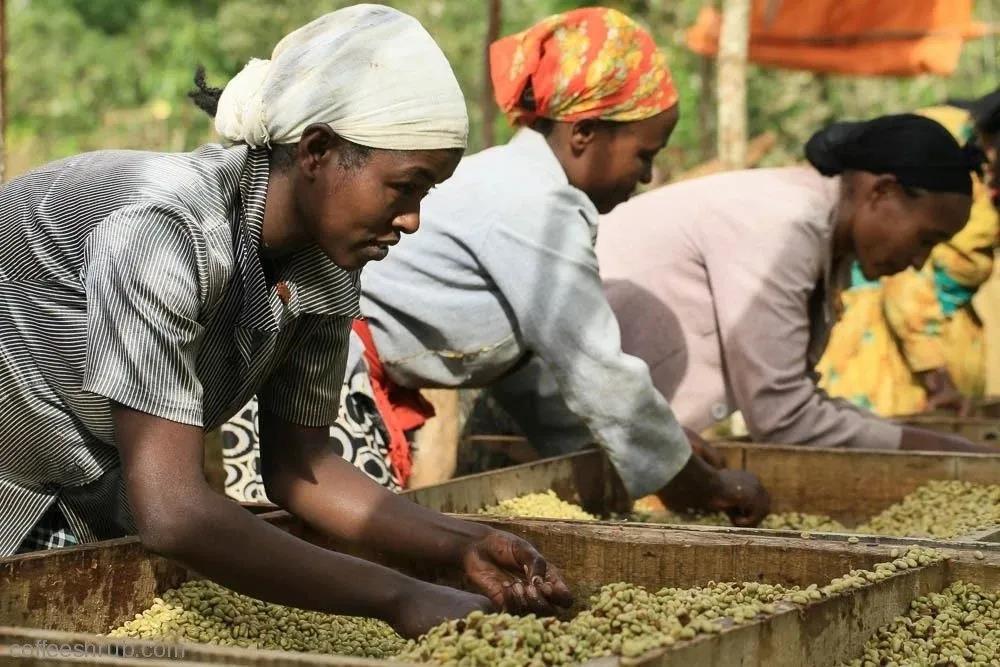
What is a coffee cooperative? Brewing parameters of coffee beans in Ethiopia Yega Xuefei Coffee Cooperative
For more information on coffee beans, please follow Coffee Workshop (Wechat official account cafe_style) the Yegashafi producing area of Ethiopia includes many cooperatives, large and small, coffee cooperatives are not-for-profit organizations, all participate voluntarily, and the aim is to make it easier for members to have access to resources when producing or serving coffee. Although Yega Xuefei is numerous.
- Next
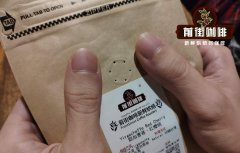
How can coffee beans be preserved to reduce the rate of flavor loss? How do coffee bags preserve aroma?
Roasting coffee to show its strong aroma takes time, energy and a lot of trial and error. However, after arriving at the destination, no matter how long it takes, you need to make sure that consumers can enjoy it at home or in a cafe. Packaging plays a role here. By using the right materials and functions, you can keep the aroma of coffee long enough for consumption.
Related
- Beginners will see the "Coffee pull flower" guide!
- What is the difference between ice blog purified milk and ordinary milk coffee?
- Why is the Philippines the largest producer of crops in Liberia?
- For coffee extraction, should the fine powder be retained?
- How does extracted espresso fill pressed powder? How much strength does it take to press the powder?
- How to make jasmine cold extract coffee? Is the jasmine + latte good?
- Will this little toy really make the coffee taste better? How does Lily Drip affect coffee extraction?
- Will the action of slapping the filter cup also affect coffee extraction?
- What's the difference between powder-to-water ratio and powder-to-liquid ratio?
- What is the Ethiopian local species? What does it have to do with Heirloom native species?

